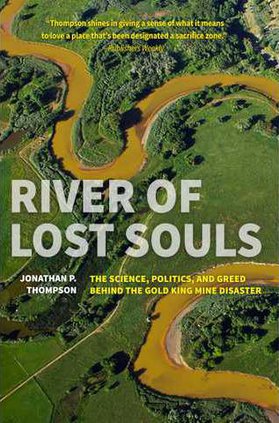HOOD RIVER, Ore. A little girl from Oregon with terminal cancer who went on a whirlwind of adventures in July and August has passed away.
Lila May Schow was diagnosed with a neuroblastoma when she was just 2 years old and found out in July that she only had months to live. She captured the heart of her small hometown in Oregon which threw her a giant party in July that included a birthday party, prom and wedding.
Since that party of her dreams, Lila has been whisked to SeaWorld to swim with dolphins and Hawaii as a last family vacation. However, her condition was already deteriorating by the time of the Hawaii trip at the end of August and Lila ended up in a hospital in Honolulu.
Lila was placed on hospice care at the beginning of September after doctors discovered internal brain bleeds. She died Monday evening, her mother, Heidi Hall, wrote in a Facebook post that included pictures from their time in Hawaii.
It was not the peaceful ending we had hoped for, but she is at peace now. My heart is shattered into a million pieces. There is no pain on earth that is worse than this, Hall wrote. The world will never be the same without her beautiful face here with us.
Lilas last wish was to see country singer Luke Bryan in concert. Bryan called Lila and recorded a special video message for her, according to people.com. He planned on bringing her onstage to sing a song at an upcoming concert.
"Lila's family was so touched by Luke's genuine support and compassion," family friend Jenny Brown-Lorenzen told People. "It meant so much to them."
Lila also received a special phone call from Frozen actress Kristen Bell.
Lila May Schow was diagnosed with a neuroblastoma when she was just 2 years old and found out in July that she only had months to live. She captured the heart of her small hometown in Oregon which threw her a giant party in July that included a birthday party, prom and wedding.
Since that party of her dreams, Lila has been whisked to SeaWorld to swim with dolphins and Hawaii as a last family vacation. However, her condition was already deteriorating by the time of the Hawaii trip at the end of August and Lila ended up in a hospital in Honolulu.
Lila was placed on hospice care at the beginning of September after doctors discovered internal brain bleeds. She died Monday evening, her mother, Heidi Hall, wrote in a Facebook post that included pictures from their time in Hawaii.
It was not the peaceful ending we had hoped for, but she is at peace now. My heart is shattered into a million pieces. There is no pain on earth that is worse than this, Hall wrote. The world will never be the same without her beautiful face here with us.
Lilas last wish was to see country singer Luke Bryan in concert. Bryan called Lila and recorded a special video message for her, according to people.com. He planned on bringing her onstage to sing a song at an upcoming concert.
"Lila's family was so touched by Luke's genuine support and compassion," family friend Jenny Brown-Lorenzen told People. "It meant so much to them."
Lila also received a special phone call from Frozen actress Kristen Bell.




